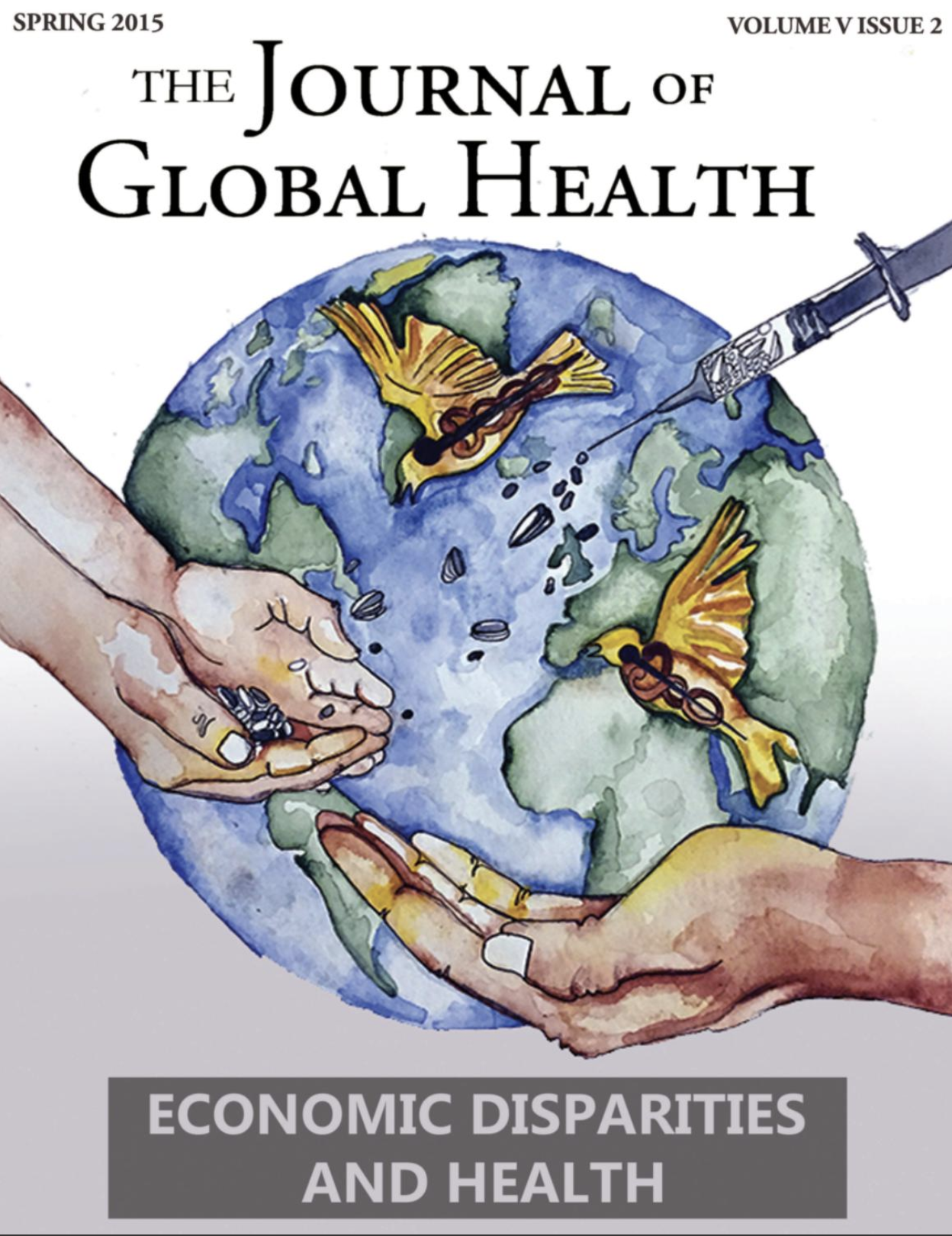A Needs Assessment of Charnia, Haryana in Rural India Reveals Significant Socioeconomic and Health Disparities in a Local Geographical Area
Main Article Content
Abstract
Objectives: The authors of this study conducted a needs assessment in rural Haryana, India to compare health-related perceptions and practices between two populations in the same location: migrant brick laborers (BL) and rural non-brick laborers (NBL).
Methods: Data was collected from interviews with 187 households, which were randomly conducted within the Charnia village and three adjacent villages. The survey used in the interview addressed demographics, education, income indicators, hygiene, general health and access to care and reproductive health.
Results: Sixty-six (35%) respondents classified themselves as BL, 102 (55%) as NBL and 19 (10%) did not provide a classification. Most (76%) BL and 41% of NBL reported having no education. Symptoms of illness such as cough, cold and fever were significantly higher in BL children under eight years old.
Conclusions: Socioeconomic, health and educational disparities exist within the same geographic location, as demonstrated by the significant differences between Charnia’s BL and NBL, who reside in close proximity. As the BL population is mostly migratory, BL are unable to fully utilize local health and education infrastructure. Targeted health education programs designed to take place during the brick manufacturing season could help BL understand the consequences of any symptoms they may have, prevent chronic and infectious disease and improve the accuracy of self-reported data. Therefore, disparities must be targeted through a community-based approach that recognizes and addresses the varying population dynamics of BL and NBL in Charnia. Overall, health interventions in rural India must consider the characteristics of diverse population sub-groups in order to be effective and sustainable.

